It is shown that a metallic material can become lighter and stronger, while about half of its component was removed by corrosion.
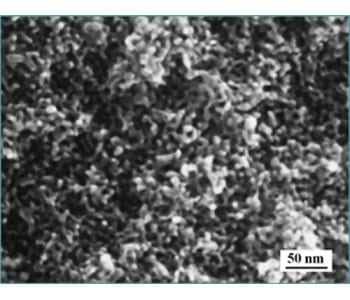

It is shown that a metallic material can become lighter and stronger, while about half of its component was removed by corrosion.
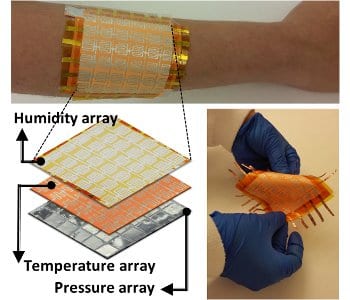
Using only off-the-shelf components, researchers in Saudi Arabia have designed and built an affordable and multifunctional artificial skin sensor based on recyclable materials including paper and aluminium foil.

By combining a third-order nonlinear optical material, topological insulator, and microfiber, an all-optical processing device is successfully prepared.

The ability to electrically control magnetism in a gate dielectric is demonstrated by physicists at North Carolina State University.
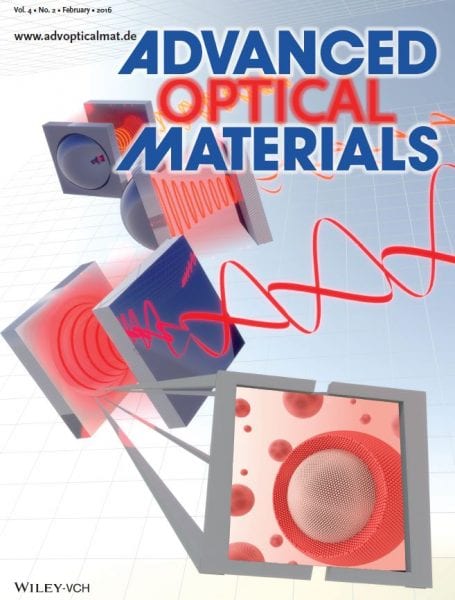
Check out the articles highlighted on the covers of the latest issue of Advanced Optical Materials.

Researchers have devised a bottom-up approach to fabricate precisely arranged synthetic macromolecules and an enzymatically active toxin from Clostridium botulinum.
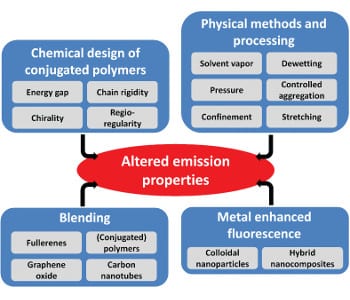
New research asks how to manipulate the features of polymeric semiconductors to improve OLEDs and other display applications.
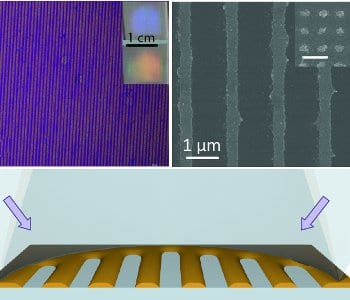
Researchers in Troyes, France have developed a cheap and efficient method of direct patterning ZnO films, using laser interferential lithography to selectively remove ZnO in well-controlled patterns, without the use of a photoresist.
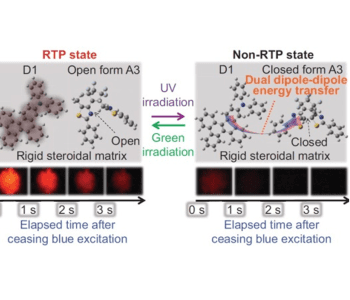
A host–guest–guest material demonstrates the photoreversible on–off recording of persistent room-temperature phosphorescence from the phosphorescent guest.
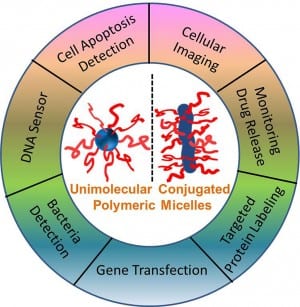
Fluorescent materials have drawn much attention as probes for imaging, diagnosis, and therapy in biological science.